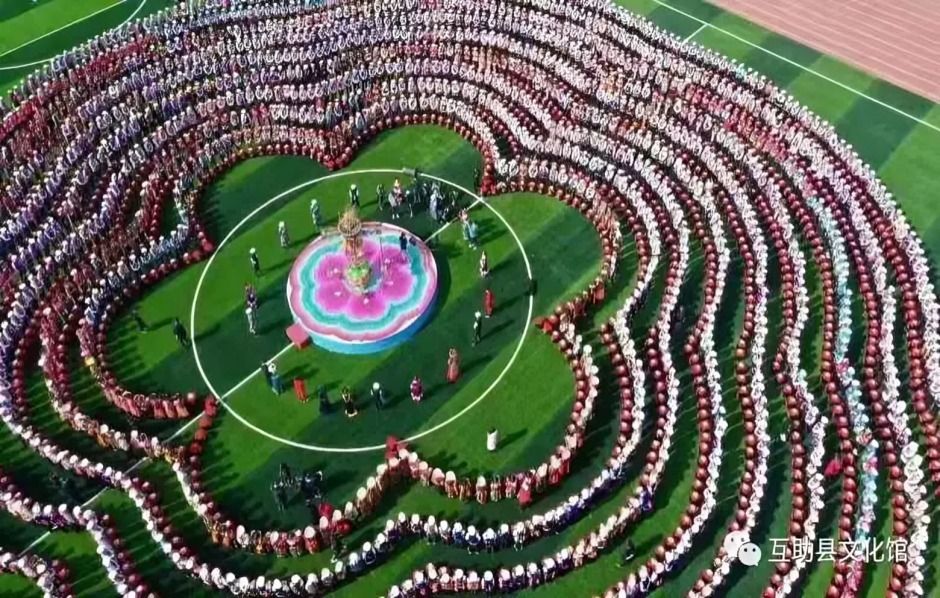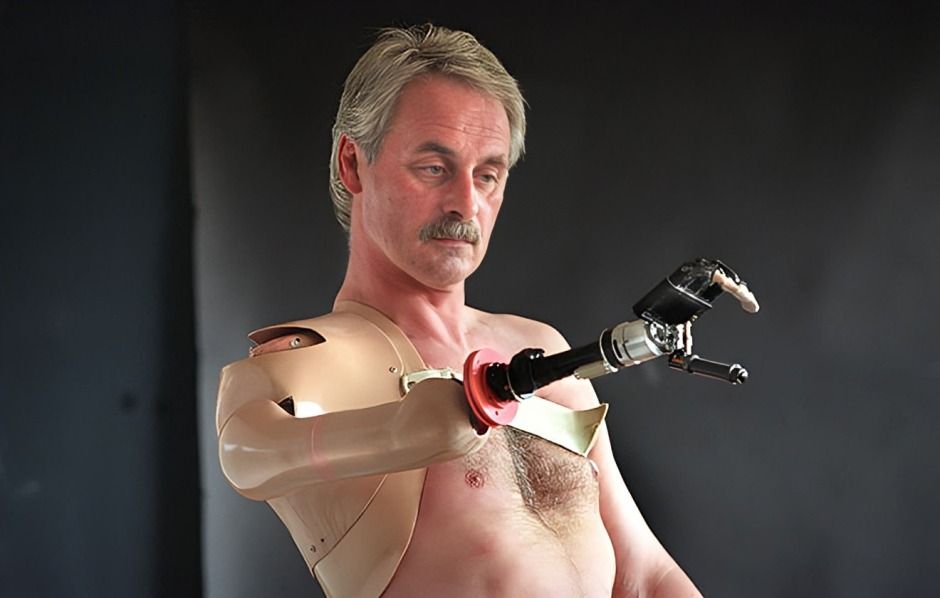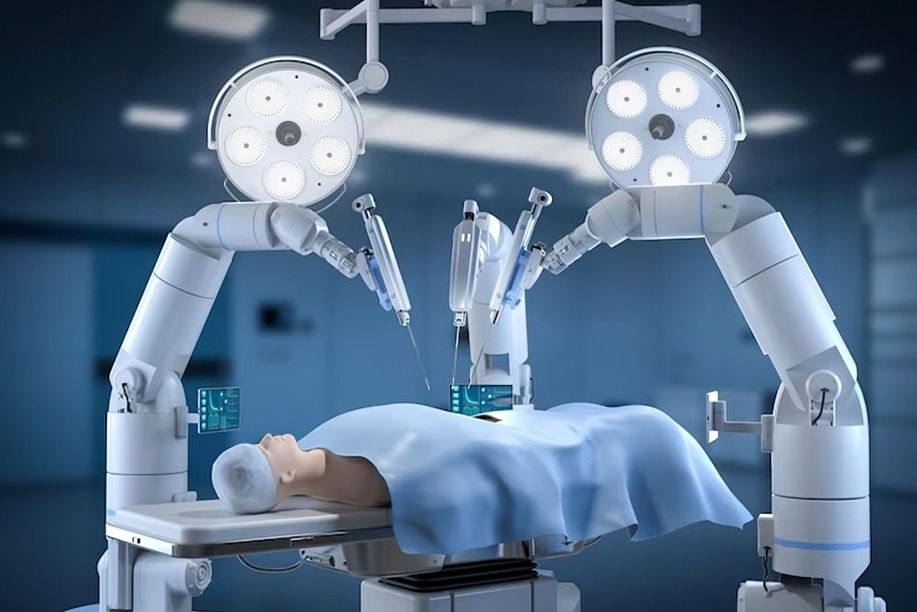
“
Let’s start our journey into incredible feats and fascinating details with our exciting arms facts for kids! From record-breaking arm rotations to the unique survival strategies of starfish, this blog is packed with amazing stories and intriguing tidbits about the remarkable abilities and functions of arms. Get ready to dive into some fun and educational facts that will make you see arms in a whole new light!1
1
”
The dominant arm, which is used more frequently, often has up to 10% more strength than the non-dominant arm. This is due to the increased muscle use and development in the dominant arm over time.1
The human arm consists of three main bones: the humerus in the upper arm, and the radius and ulna in the forearm. The humerus connects the shoulder to the elbow, while the radius and ulna allow for wrist and elbow movement, enabling complex arm functions.2
Jiten Dhingra from Bengaluru, India, set a record by rotating his arms in opposite directions 252 times in one minute. Inspired by a TV show, Jiten discovered his unusual talent when his friends couldn't match his spinning prowess.3
Our arms are composed of three primary sections: the upper arm, forearm, and hand. Each section plays a crucial role, from lifting and carrying to performing delicate tasks and providing overall function.4
The human hand is made up of 27 bones, including the eight carpal bones in the wrist, five metacarpal bones in the palm, and 14 phalanges in the fingers. This intricate arrangement allows for a wide range of complex movements and dexterity.5
Mohamed Shehata from Cairo, Egypt, holds the record for the widest arm span among living males, stretching an impressive 250.3 cm (8 ft 2.5 in). His height is 213.8 cm, and his hand span measures 31.4 cm, highlighting his remarkable reach.6
Octopuses have eight arms lined with suckers that can taste and touch. Each arm is controlled by a complex nervous system, allowing the octopus to perform intricate tasks and explore its environment.7

In Haidong, China, 2020 participants linked arms to set the record for the largest arms-linked toast. The event featured locals forming a sunflower shape to celebrate their vibrant multicultural community.
The skin on our arms is densely packed with sensory receptors, enabling us to detect various sensations like pressure, temperature, and pain. This heightened sensitivity helps us interact with our environment effectively.8
David Reed from Los Angeles, USA, boasts the longest arm hair, measuring 21.7 cm (8.54 in). David's attempt to impress others with his extraordinary arm hair has earned him a place in the record books.9

Since 1993, Campbell Aird, a Scottish hotel owner with a prosthetic arm, has tested cutting-edge bionic arms designed by bio-engineers at Edinburgh’s Margaret Rose Hospital. These advancements aim to surpass earlier motorized prosthetic designs.
As we age, the joints and connective tissues in our arms may become stiffer, leading to a decrease in flexibility and range of motion. Regular exercise can help maintain arm health and mobility.10

Robotic surgical systems, such as the da Vinci Surgical System, include highly precise robotic arms that assist surgeons in performing minimally invasive procedures. These robotic arms offer enhanced dexterity and accuracy.
Thounaojam Niranjoy Singh from Imphal, India, set a record for the most one-arm knuckle push-ups in one minute, alternating arms, with an impressive 67. This feat showcases incredible strength and endurance.11
The humerus, the longest bone in the arm, stretches from the shoulder to the elbow. It provides essential structural support and serves as a key attachment point for several major muscles involved in arm movement.12
Cutting-edge smart wearables, such as fitness trackers, use sensors to monitor arm movements and muscle activity. These devices offer real-time insights into physical performance, aiding in optimizing workouts, preventing injuries, and tracking rehabilitation progress.13
The first successful arm transplant was performed in 1964 by Dr. James Hardy. This groundbreaking procedure involved the surgical attachment of a donor arm to a patient, marking a significant advancement in medical science.14
The arm can suffer from various musculoskeletal disorders, including carpal tunnel syndrome, tennis elbow, and rotator cuff injuries. These conditions can impair arm functionality and lead to significant pain and discomfort, affecting daily activities and quality of life.15
Arm bones are among the most frequently broken bones in adults. While most fractures heal with the aid of a cast, it’s essential to consult a specialist for proper treatment to ensure full recovery.16
The arm's bones, particularly the humerus, are among the first to show changes in bone density due to lifestyle and health conditions. Weight-bearing exercises and activities can help maintain bone density and overall arm strength.17


